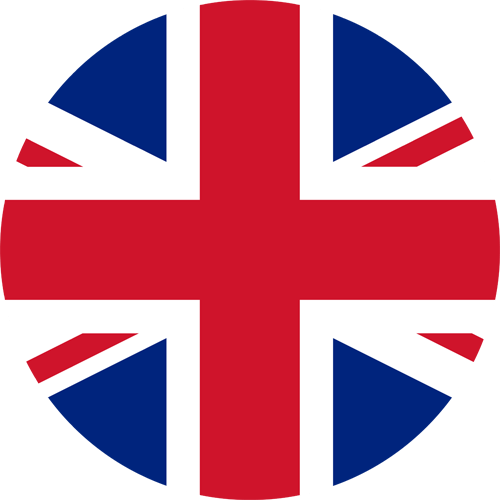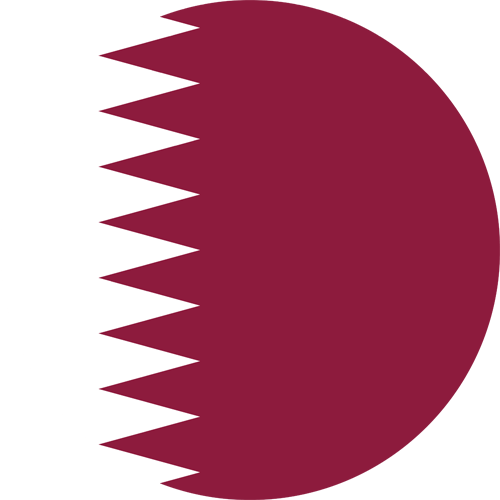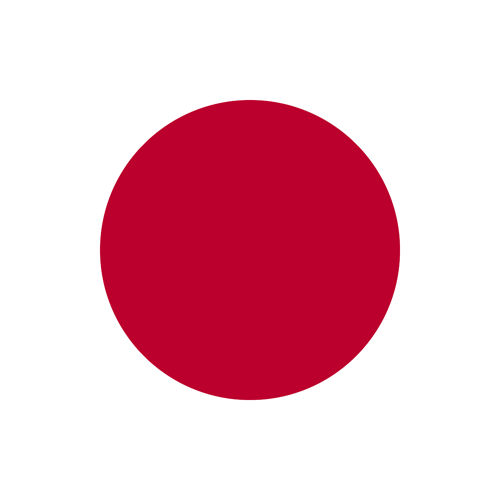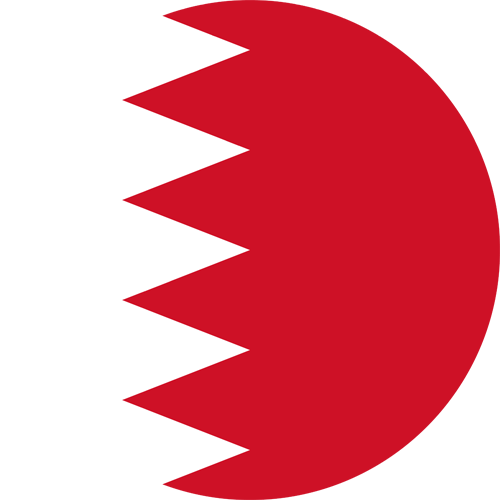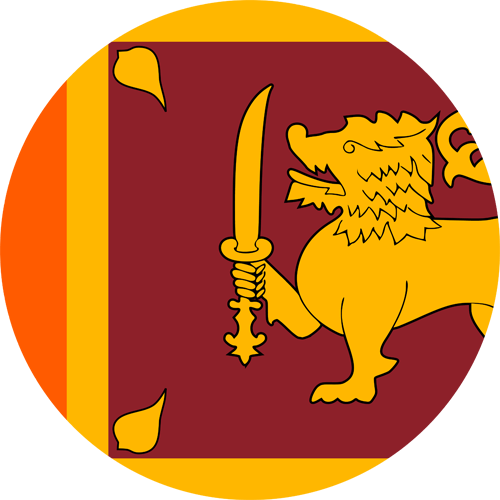INTERNET + ADVERTISING =
INTERTISING
We use Digital Marketing to help businesses succeed online.


Get your brand to the top
As leading SEO specialists, we ensure your brand isn't just seen... but remembered globally.
Why Choose INTERTISING?
With INTERTISING, you’re not just choosing a service; you’re partnering with a team dedicated to elevating your brand in a competitive digital landscape.

Experience
Harness the power of years spent mastering the intricate dynamics of SEO in diverse global markets.

Global Expertise
Anchored in our extensive global experience, we blend local nuances with international best practices, offering a unique strategic edge in diverse markets.

Innovative Solutions
In an ever-changing digital landscape, we excel in adaptability, constantly bringing innovative strategies to stay ahead.
Our Services By Region
INTERTISING
We empower you in fulfilling your goals.
Here, Internet Meets Advertising. Leading the Way in SEO, Locally and Globally.
We are a team of skilled designers, developers, consultants, marketers, and IT experts who combine our knowledge and expertise to provide exceptional designs and approaches that are specific to the needs and demands of your company.
Tell us what your goals are, and we’ll show you how to reach them. We would love to be a part of your strategy, whatever that may be.
We’ll show you how to achieve your goals if you let us know what they are. Regardless of your plan, we would adore being a part of it.

About us
Intertising is blend cutting-edge technology with creative strategies to offer bespoke SEO solutions, ensuring your brand not only ranks high in search engine results but also achieves significant organic traffic. Our diverse services extend to web design and development, social media management, content creation, influencer marketing, graphic design, professional photography, and app development.
We are committed to innovation and quality, constantly adapting to new digital trends to give our clients a competitive edge. Our focus on transparency and tailored strategies ensures that we work in close partnership with our clients, providing regular updates and comprehensive reports on campaign progress.
Choose Intertising for a transformative digital marketing experience that aligns with your business goals and drives growth.

Our Mission
Transforming the digital landscape, one website at a time, with innovative strategies and unparalleled dedication.

Our Vision
To set the benchmark in SEO and digital solutions, striving for excellence across the board.
Accumsan lacus vel facilisis
Intertising Digital Marketing Services
Intertising is your go-to Digital Marketing Agency, offering bespoke strategies to magnify your brand’s online presence. We demystify the digital world, ensuring your brand connects authentically with your audience across every digital platform. Catering to both startups and established giants, our innovative approaches guarantee you stay at the forefront of your industry. Opt for Intertising and transform digital challenges into opportunities for growth.
Discover “INTERTISING” – the key to unmatched online visibility and success.
Search Engine Optimization (SEO)
Dive deep into the art of ranking high on search engines.
- On-Page: Enhancing each web page for search engines and users.
- Off-Page: Building connections and reputation across the web.
- Technical: Fine-tuning the technical facets for smooth surfing.
- Local: Pinpoint optimization targeting local searches.
- Mobile: Ensuring seamless browsing on phones and tablets.
- Audit: Comprehensive assessments for actionable insights.
Web Design & Development
Crafting your digital home.
- Domain Selection: Securing the perfect web address.
- Landing Page: The first impression-maker.
- CMS: Simplifying content updates and management.
- E-commerce: Your online storefront.
- Mobile Compatibility: Fits every screen, every time.
- Multi-Lingual: Speaking the world's languages.
- Secure Hosting: Stability and security combined.
Social Media Management
Navigating the world of likes, shares, and tweets.
- Account Setup: Stepping into social spheres.
- Engagement: Keeping conversations lively.
- Profile Design: A uniform, appealing digital identity.
- Content Scheduling: Timely, relevant posts.
- Hashtag Trends: Staying in the social spotlight.
Digital Marketing
Promoting and placing you in digital spaces.
- Strategy Development: Blueprint for success.
- Online Advertisements: Getting seen and clicked.
- Google Maps Presence: Navigate customers to you.
- E-commerce Promotion: Amplifying online sales.
Graphic Design
Visual storytelling at its best.
- Logo Creation: Your brand's unique signature.
- Print Materials: Tangible brand representations.
- Website Aesthetics: Ensuring your digital space looks stunning.
Influencer Marketing
Crafting partnerships with influential voices.
- Collaboration Strategy: Aligning with the right influencers.
- Campaign Execution: Launching and managing campaigns.
- Performance Tracking: Measuring influencer impact.
Content Creation
Words, videos, and everything in between.
- Bilingual Content: Bridging languages.
- Website Text: Informative, engaging web narratives.
- Video Production: Stories in motion.
- SEO-Optimized Articles: Content that search engines love.
Photography
Capturing moments and products.
- Event Coverage: Reliving moments through shots.
- Product Showcase: Displaying products in their best light.
App Development
Turning ideas into interactive experiences.
- iOS & Android: Tailored applications for all.
Year Histroy
0
Global Locations
0
Active Clients
0
+
Marketing Specialist
0
+
SEO-Optimized Articles
Content that search engines love.
Leverage the expertise of INTERTISING for an integrated, impactful, and influential online persona.

Keyword Analysis
Website Audit

landig Page Optimization

This is the heading

Meta Elements

Citation Building

Blog Posting

Link Building

Reporting




